Monster Hunter Wilds Developers Talk Weapon Changes – IGN First
Monster Hunter Wilds: Weapon Tuning and Design Philosophy
With each new Monster Hunter installment, players eagerly anticipate experiencing their favorite weapons in a fresh context. Monster Hunter Wilds, aiming for a seamless hunting experience, presents unique challenges and opportunities for weapon design. To understand the development process, we interviewed Kaname Fujioka (Art Director and Executive Director, also director of the first Monster Hunter game) and Yuya Tokuda (Wilds Director, involved since Monster Hunter Freedom).
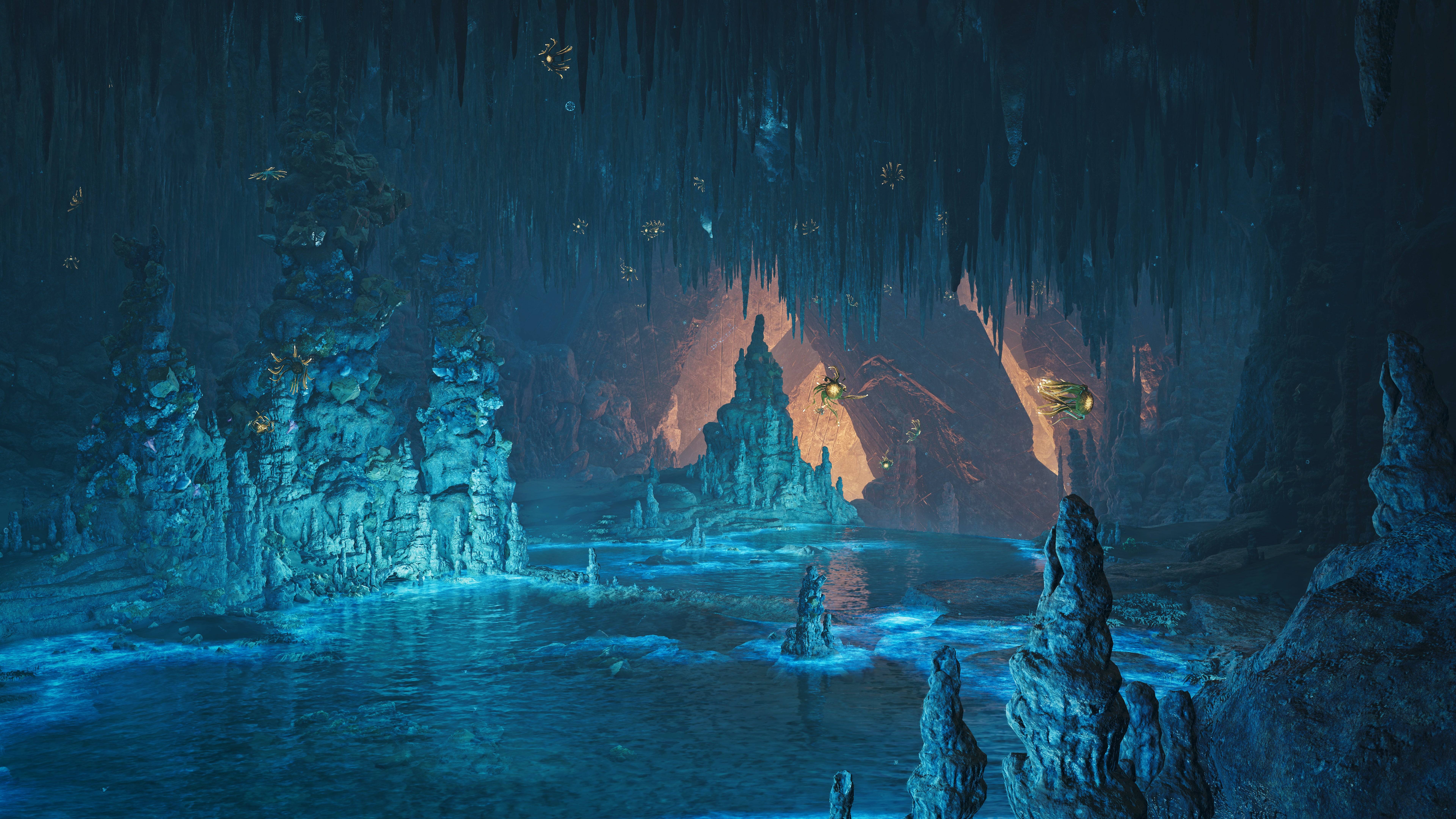
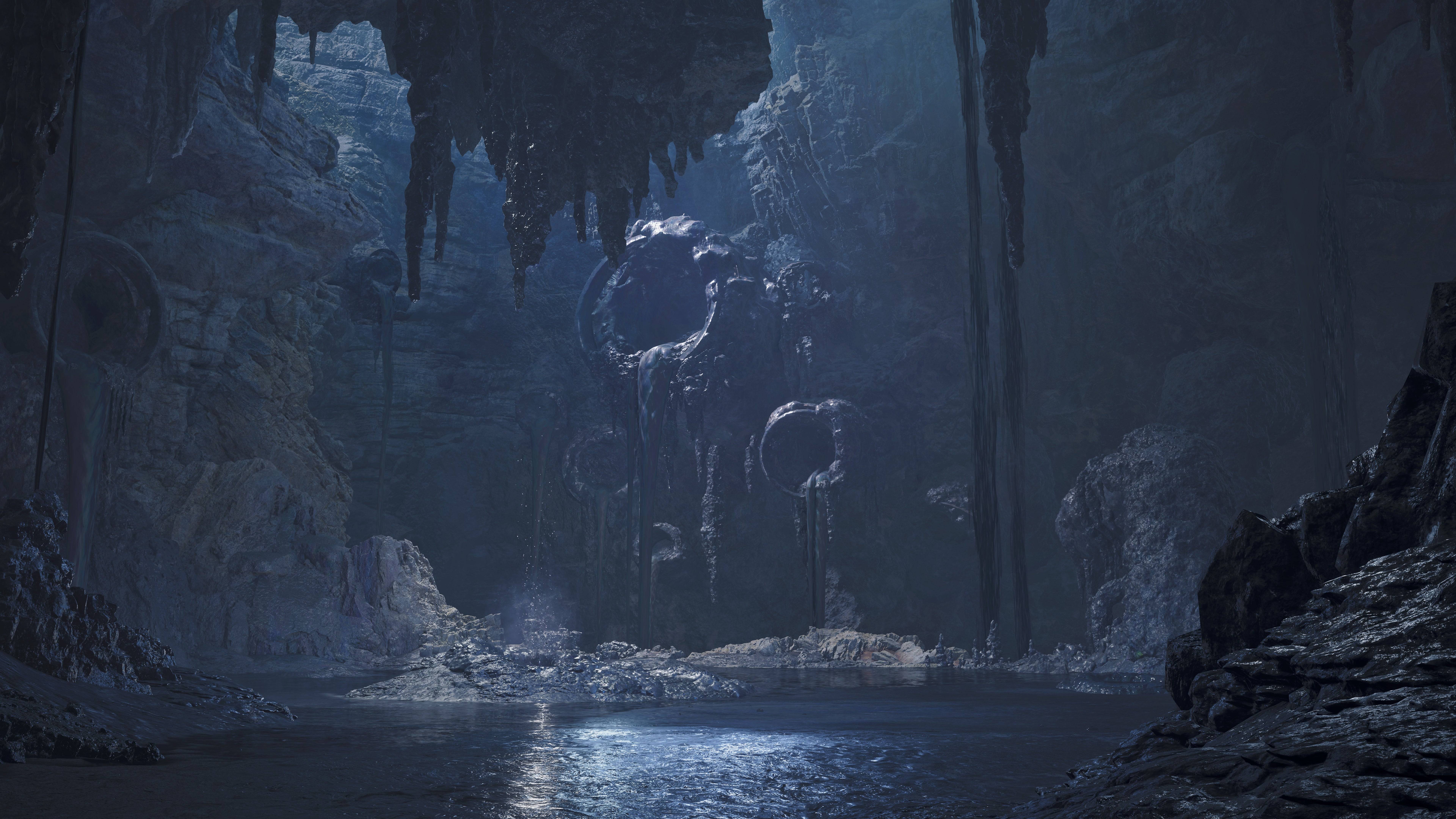
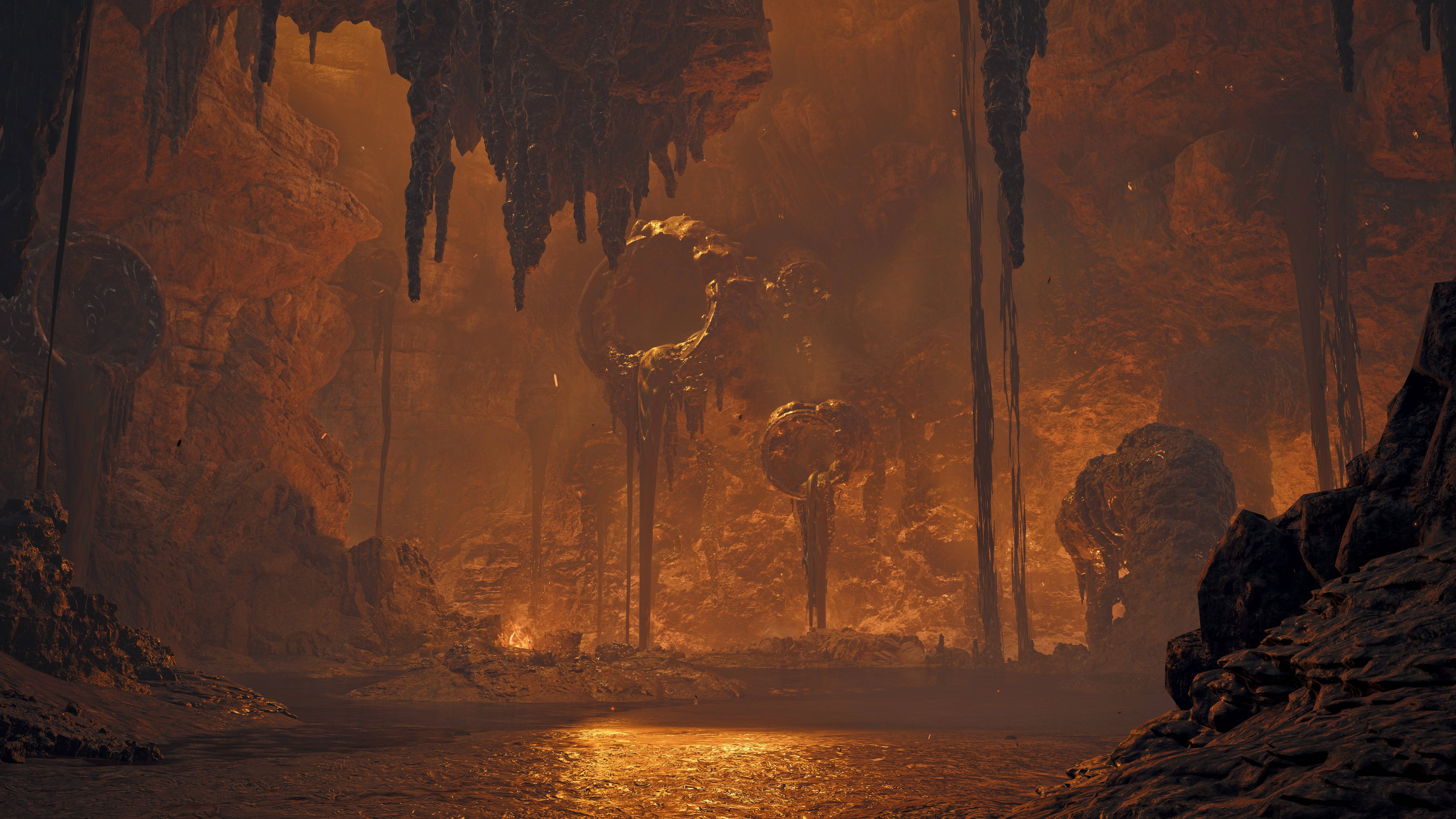
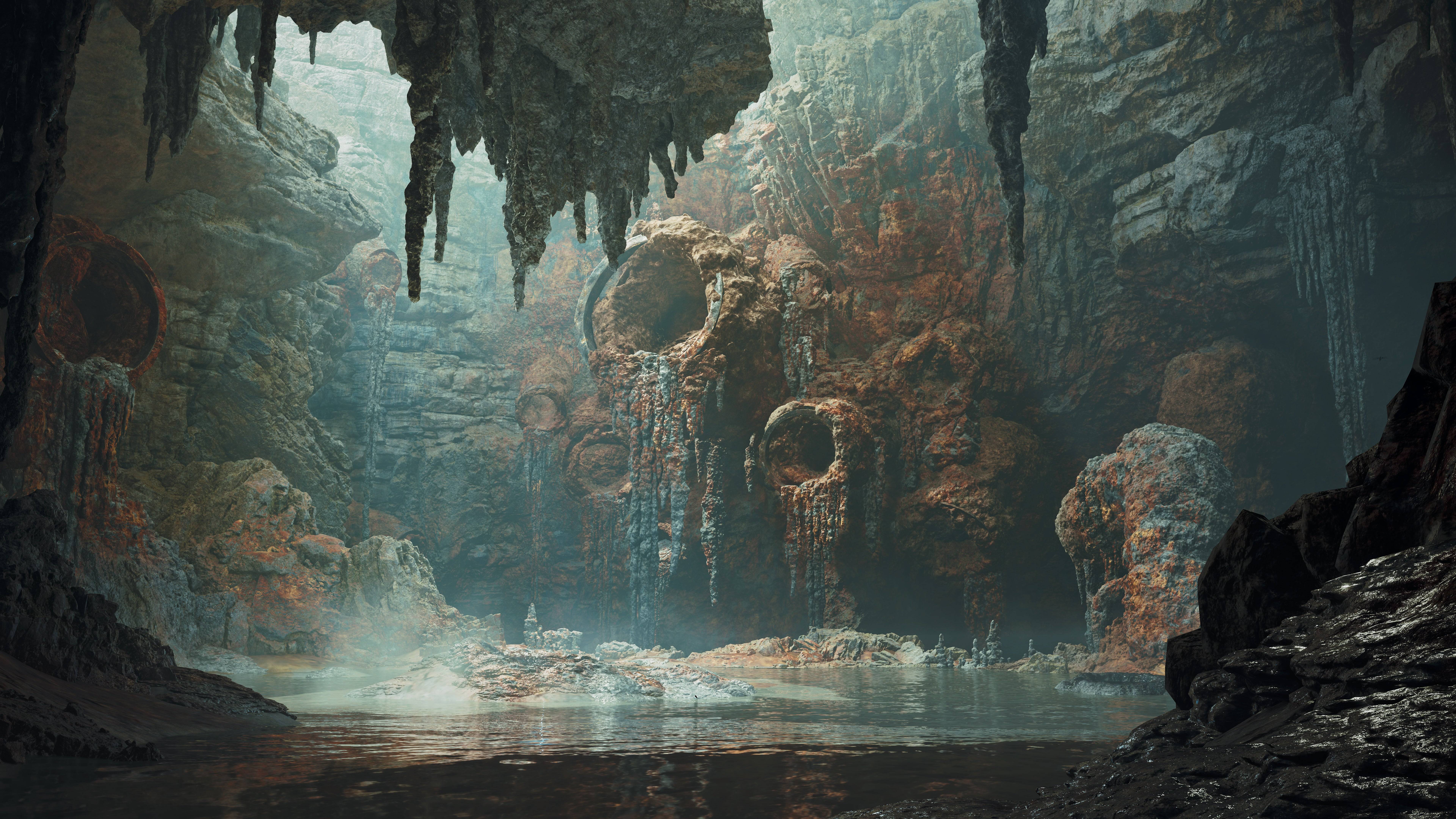

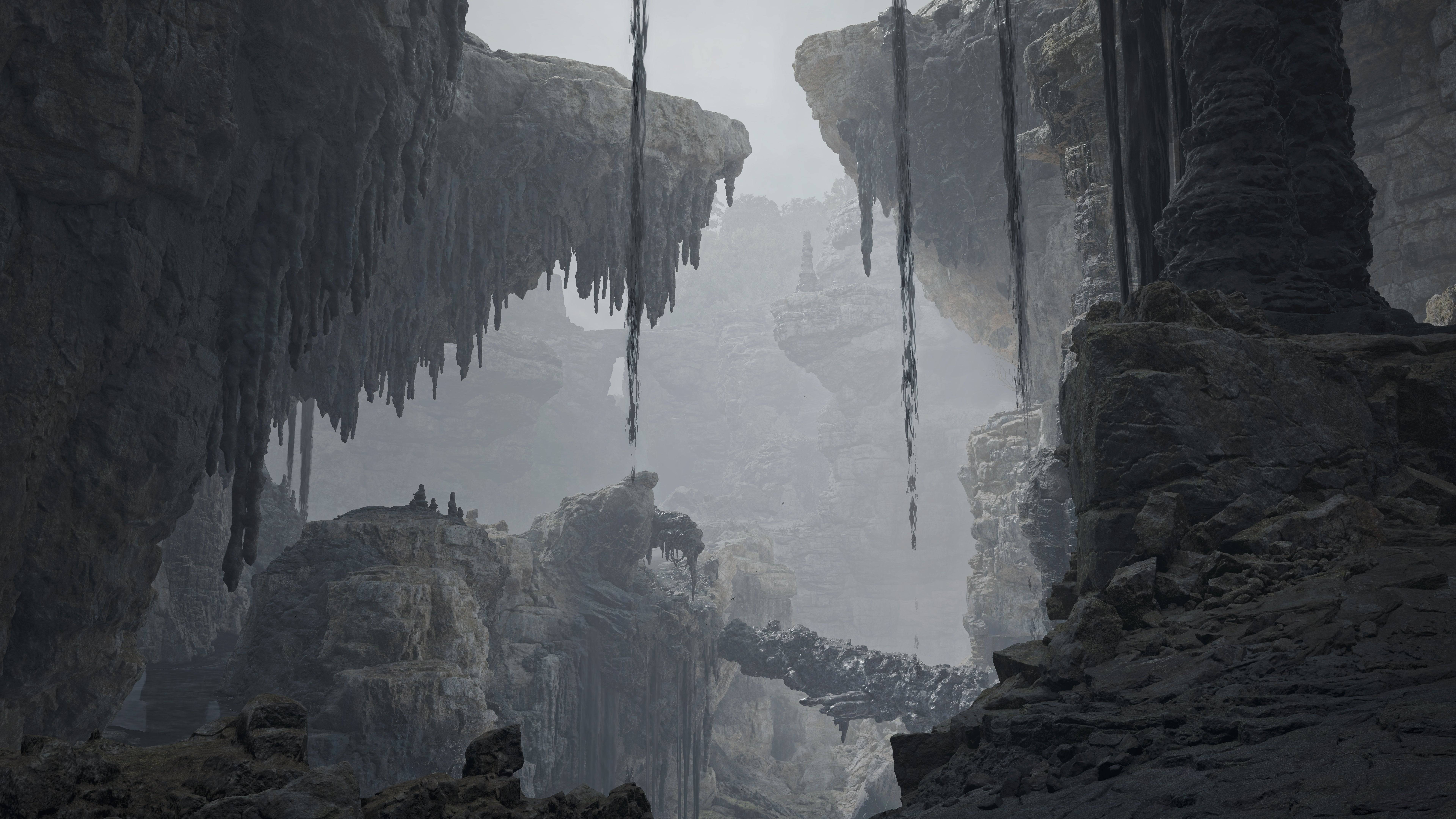
Seamless Hunting and Weapon Adjustments
Wilds' seamless map and dynamic weather necessitated significant weapon adjustments. Tokuda highlighted changes to the Light and Heavy Bowguns, and the Bow, addressing the challenge of unlimited ammo and coatings without the traditional base-replenishment mechanic. The solution involved balancing around gauge management, while still allowing the use of pre-prepared or field-gathered materials for crafting powerful ammo.
Fujioka emphasized the visual enhancements, particularly for Bowgun charging animations, showcasing technological advancements in animation fidelity. A focus on natural weapon transitions, even during inaction, allowed for seamless healing item use without weapon stowing, enhancing the fluidity of gameplay.
Focus Mode and Focus Strikes
Wilds introduces Focus Mode, enabling directional movement during attacks. Fujioka highlighted the development effort invested in this feature, aiming to realize players' envisioned combat styles. The Focus Strike system, triggered by accumulated damage to a specific monster body part, allows for devastating attacks with unique animations for each weapon type. While initial open beta testing revealed imbalances in Focus Strike effectiveness, adjustments were made to standardize power while retaining weapon individuality.
The wound system, alongside flinching and part breaking, adds strategic depth. Wounds can be created through various means, including environmental interactions, and can lead to unique rewards. Monster health and toughness were adjusted to maintain satisfying playtimes, even with the increased damage potential of Focus Mode and Focus Strikes.
Weapon Development Process
The development team utilized a phased approach, starting with the Great Sword as a prototype, then iterating on weapons like the Sword and Shield and Heavy Bowgun. A team of six planners, collaborating with artists and animation designers, refined weapon actions, considering both functionality and aesthetics. The Great Sword's development informed the design of other weapons, emphasizing its role as a balanced, versatile archetype.
The Focus Strike system, a novel addition, prioritized feel and visual impact during initial design. The Great Sword, being an all-rounder, served as the foundation for animation development, reflecting its historical significance within the series. Its deliberate, heavy tempo influenced the design of faster weapons, maintaining the characteristic Monster Hunter gameplay feel.
Weapon Uniqueness and Balance
The developers prioritized unique weapon characteristics over uniform ease of use. While aiming for a balanced experience, they acknowledged the inevitable popularity disparities among weapons. They focused on highlighting individual weapon strengths and playstyles rather than homogenizing performance. The Hunting Horn, for example, was designed around area control and sound-based damage, rather than solely maximizing damage output. Open beta feedback led to adjustments, ensuring no single weapon dominates the meta.
The ability to carry two weapons further enhances strategic depth, allowing for complementary weapon combinations. The decoration system, similar to Monster Hunter World, allows for skill customization, with the addition of alchemy for crafting single-skill decorations, eliminating skill acquisition bottlenecks.
Developer Perspectives
Tokuda, favoring long-range weapons and the adaptable Sword and Shield, expressed his intent to explore all weapons post-release. Fujioka, a dedicated Lance user, noted improvements in minor positional adjustments within Wilds, enhancing the Lance's gameplay. Open beta feedback highlighted issues with the Lance's functionality, prompting significant adjustments for the final release.
The developers emphasized their commitment to player feedback, highlighting the iterative development process and the importance of balancing weapon uniqueness with a satisfying gaming experience. The seamless world, new mechanics, and weapon refinements aim to deliver a compelling Monster Hunter experience.
-
May 27,25Chimera Clan Boss Guide: Top Builds, Masteries & Gear for RAID: Shadow Legends RAID: Shadow Legends continues to push the envelope with its updates, and the Chimera Clan Boss stands out as the pinnacle of PvE challenges. Unlike the straightforward, power-centric battles of traditional Clan Bosses, Chimera demands adaptability, precise turn management, and an understanding of i
-
 Feb 02,25Pokemon GO Fest 2025: Dates, Locations, and Event Details Get ready for Pokémon GO Fest 2025! Niantic has announced the dates and locations for this year's in-person events earlier than usual, allowing ample time for planning. Pokémon GO Fest 2025 Dates and Locations: Niantic has confirmed three locations for GO Fest 2025, all in June: Osaka, Japan: May
Feb 02,25Pokemon GO Fest 2025: Dates, Locations, and Event Details Get ready for Pokémon GO Fest 2025! Niantic has announced the dates and locations for this year's in-person events earlier than usual, allowing ample time for planning. Pokémon GO Fest 2025 Dates and Locations: Niantic has confirmed three locations for GO Fest 2025, all in June: Osaka, Japan: May -
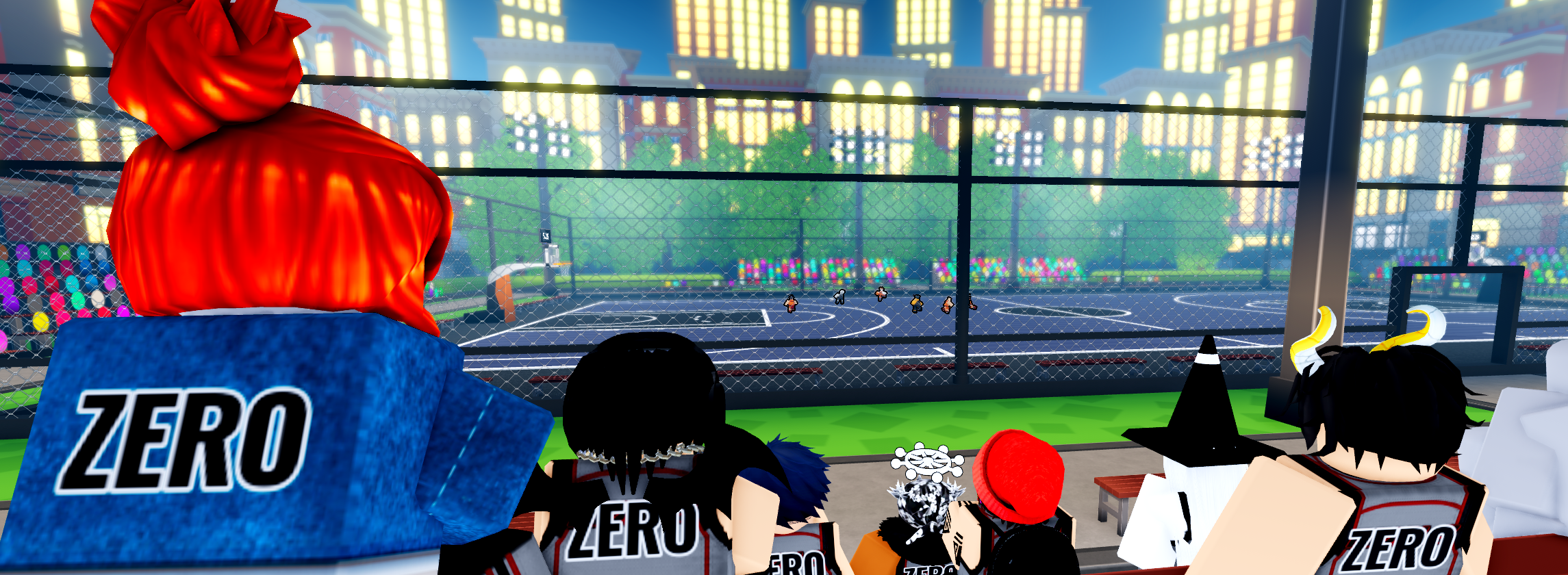 Mar 28,25Basketball: Zero Codes Released in March 2025 Last updated on March 26, 2025 - Checked for new Basketball: Zero codes!Ready to take your skills to the next level in Basketball: Zero on Roblox? We've got you covered with the latest working codes for March 2025. Use these to score Lucky Spins and cash, boosting your chances of dominating the cour
Mar 28,25Basketball: Zero Codes Released in March 2025 Last updated on March 26, 2025 - Checked for new Basketball: Zero codes!Ready to take your skills to the next level in Basketball: Zero on Roblox? We've got you covered with the latest working codes for March 2025. Use these to score Lucky Spins and cash, boosting your chances of dominating the cour -
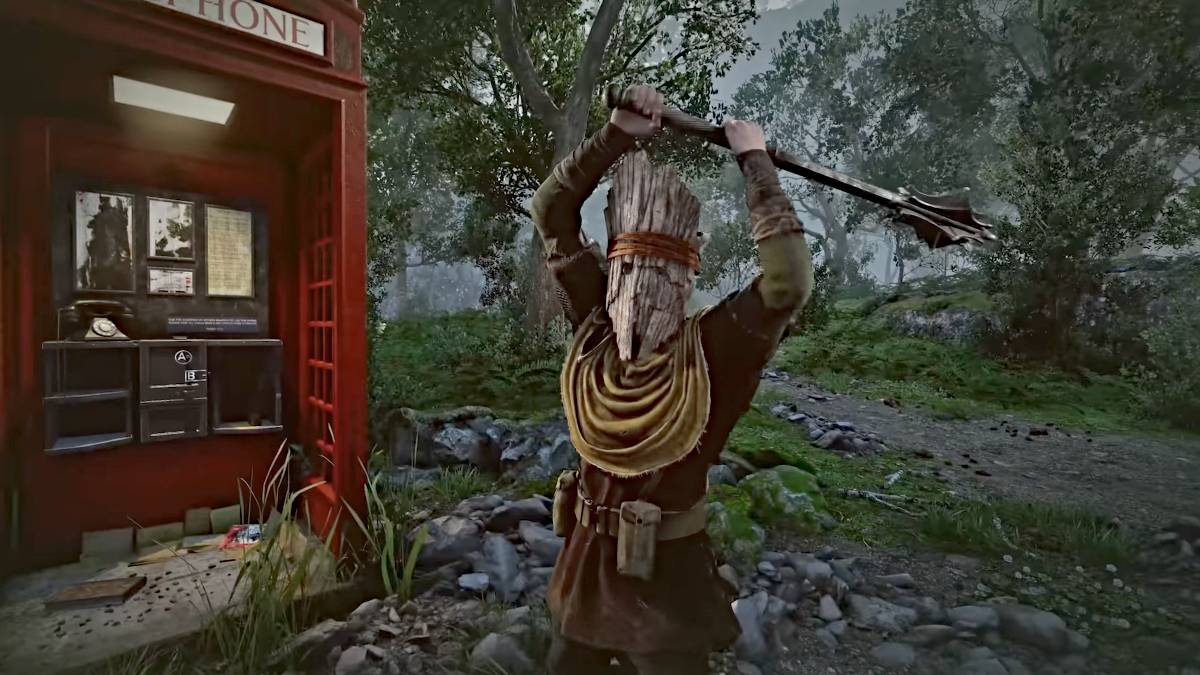 Apr 07,25Atomfall: All Crafting Recipes and Locations Revealed Crafting is an essential survival skill in *Atomfall*, crucial for creating weapons and recovery items. To master this skill, you'll need to gather the necessary crafting recipes. Here's a comprehensive guide to help you locate all the crafting recipes in the game.How to Use Crafting Recipes in Atom
Apr 07,25Atomfall: All Crafting Recipes and Locations Revealed Crafting is an essential survival skill in *Atomfall*, crucial for creating weapons and recovery items. To master this skill, you'll need to gather the necessary crafting recipes. Here's a comprehensive guide to help you locate all the crafting recipes in the game.How to Use Crafting Recipes in Atom
